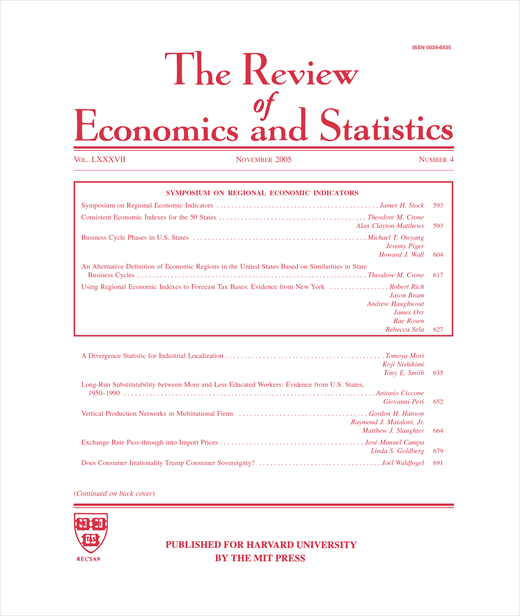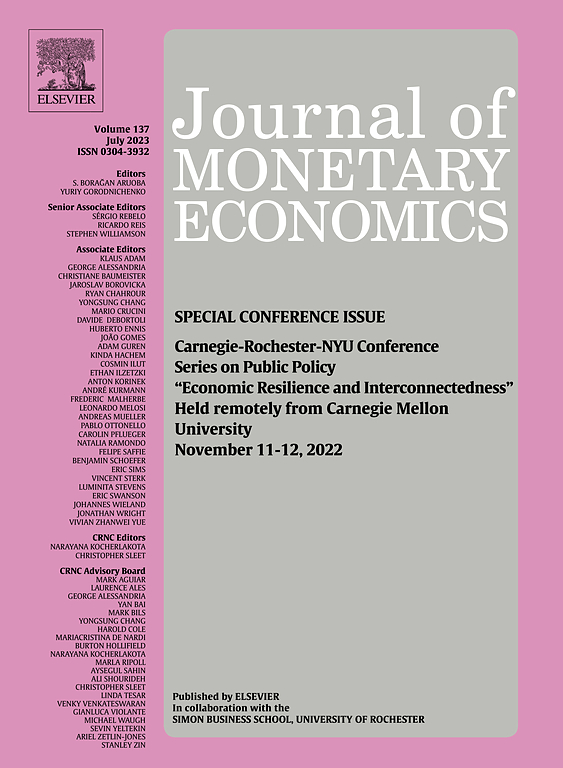Professor Dr. Mathias Trabandt

Aktuelle Position
seit 4/17
Research Fellow der Abteilung Makroökonomik
Leibniz-Institut für Wirtschaftsforschung Halle (IWH)
seit 4/21
Professor für Makroökonomie
Goethe-Universität Frankfurt
Forschungsschwerpunkte
- Makroökonomik
- monetäre Ökonomik
- Epidemien
Mathias Trabandt ist seit April 2017 Research Fellow am IWH. Seine Forschungsschwerpunkte umfassen Makroökonomik, monetäre Ökonomik, Finanzwissenschaft, Arbeitsmarkttheorie, Internationale Makroökonomik, Friktionen im Finanzmarkt, angewandte Ökonometrie und Epidemien.
Bevor Mathias Trabandt der Goethe-Universität Frankfurt beitrat, war er Professor an der Freien Universität Berlin. Zuvor war er Leiter der “Global Modeling Studies Section” der International Finance Division des Federal Reserve Board of Governors in Washington D.C. Frühere Stationen seiner beruflichen Laufbahn waren die Europäische Zentralbank und die Deutsche Bundesbank in Frankfurt sowie die Sveriges Riksbank in Stockholm.








